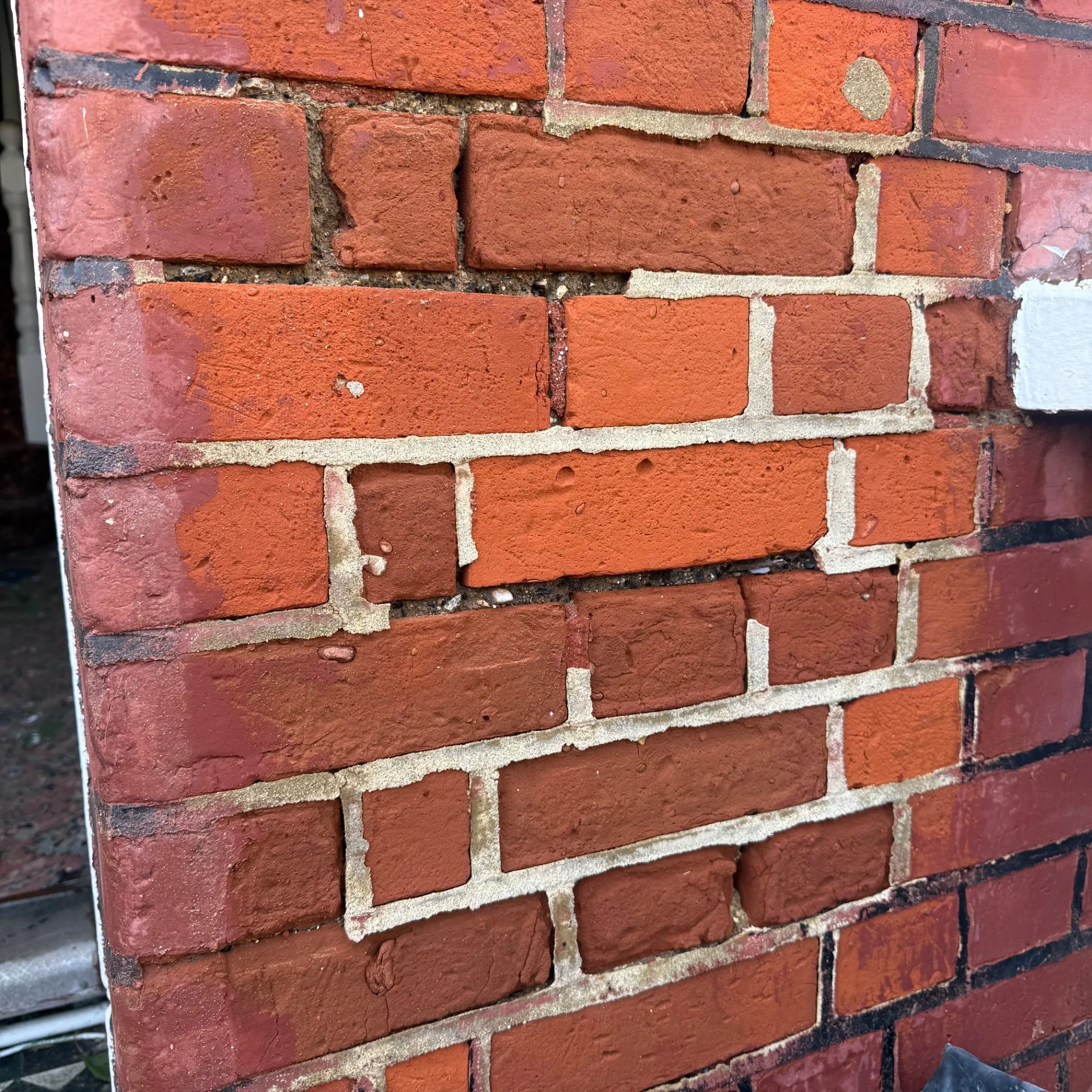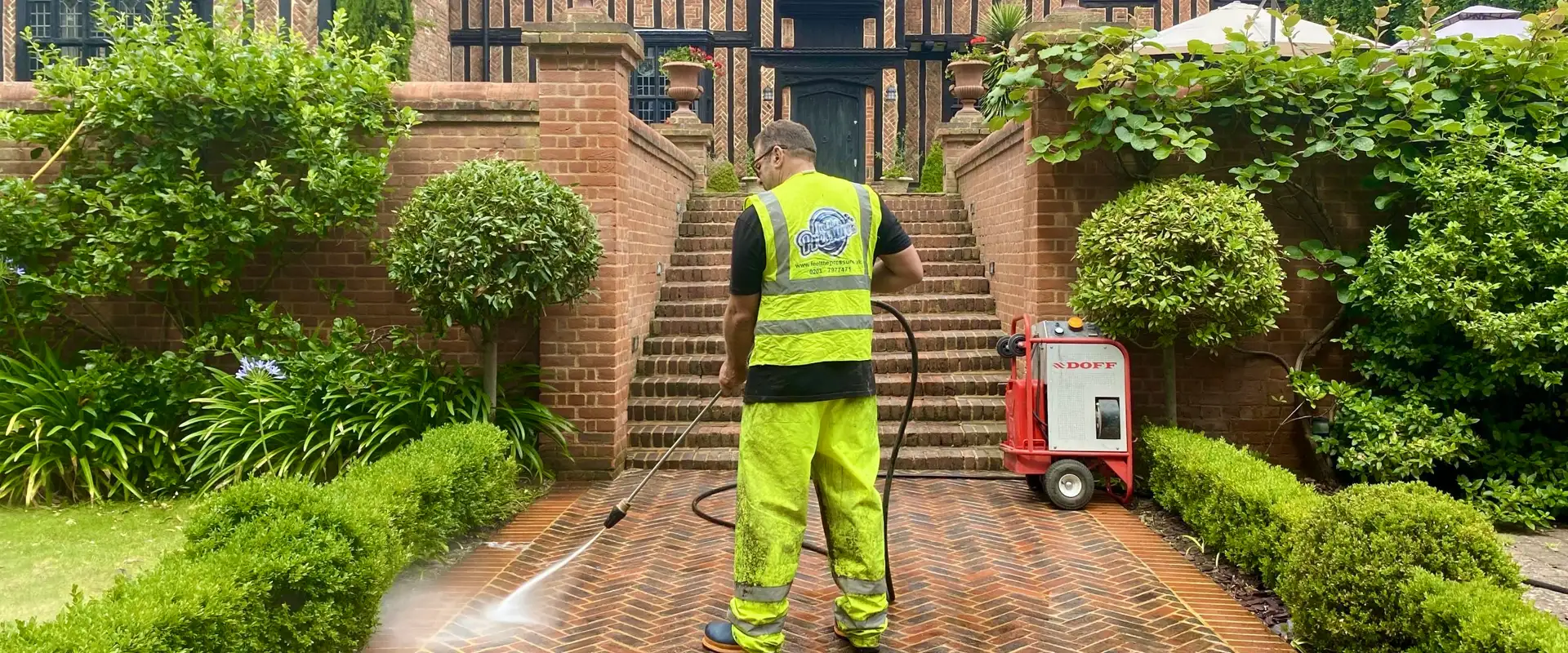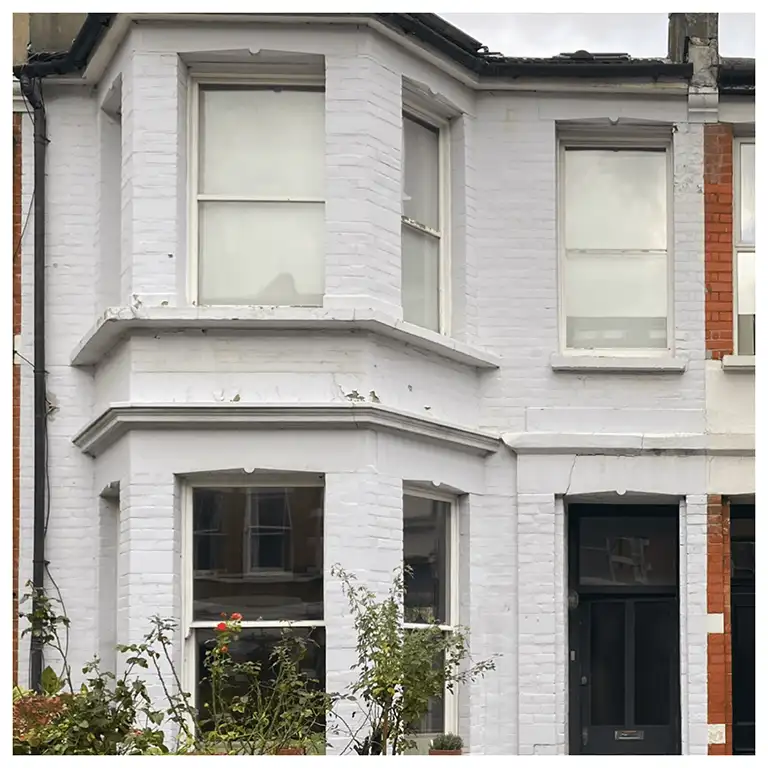Why Non-Breathable Paint Can Seriously Damage Your Brickwork
Applying fresh paint to a building’s exterior might seem like a quick and simple facelift—but when it comes to brickwork, using the wrong kind of paint can be disastrous. Specifically, non-breathable masonry paints can trap moisture in your walls, leading to long-term structural and aesthetic damage. In this blog, we’ll explain:
* What non-breathable paint actually is
* The damage it can cause to brick
* How to spot if your walls are affected
* And what to do if your property is already painted




